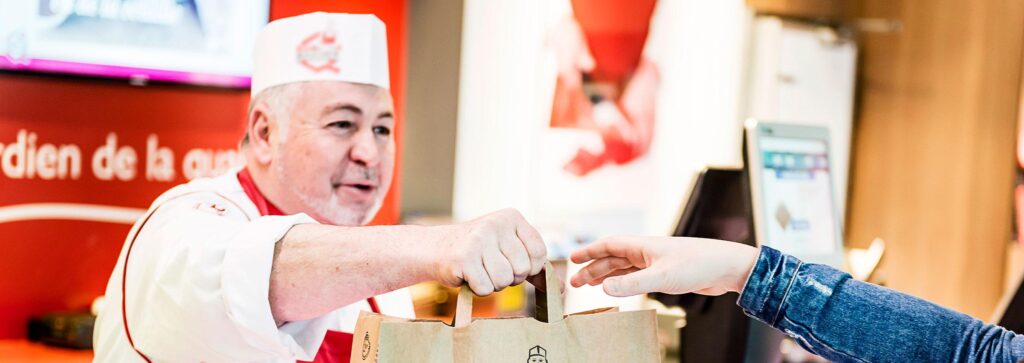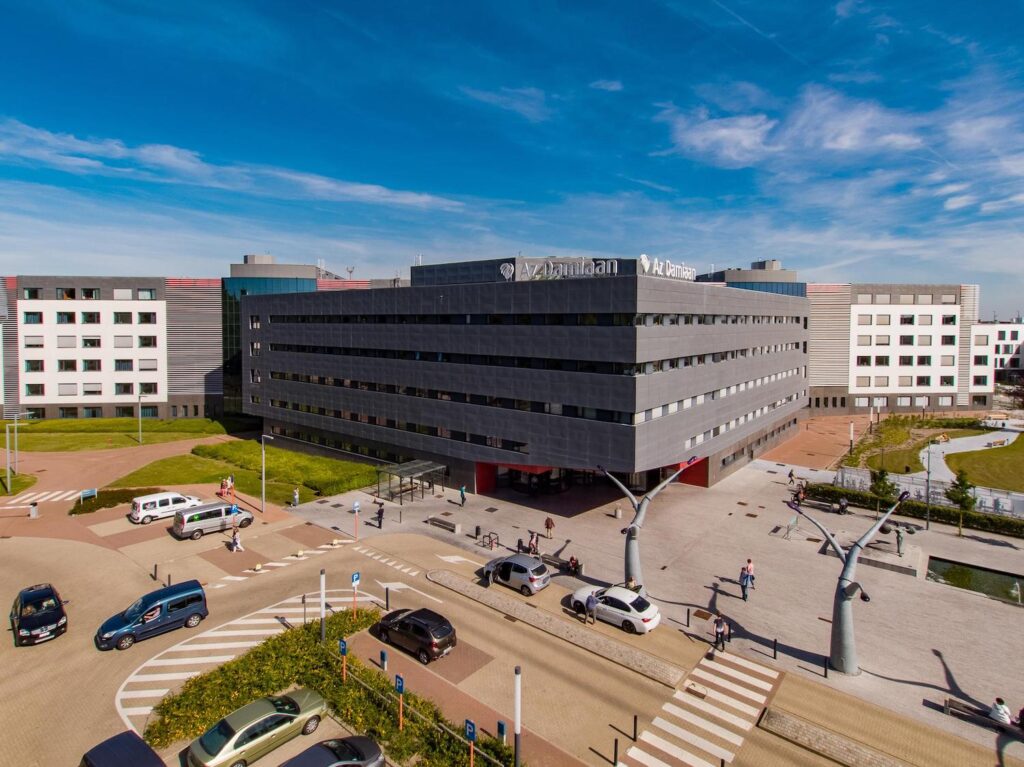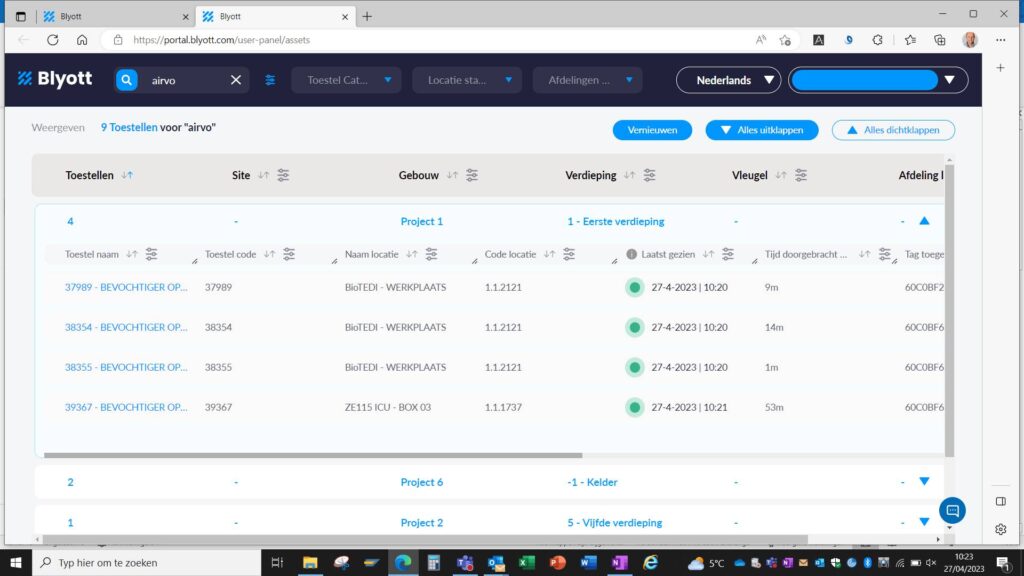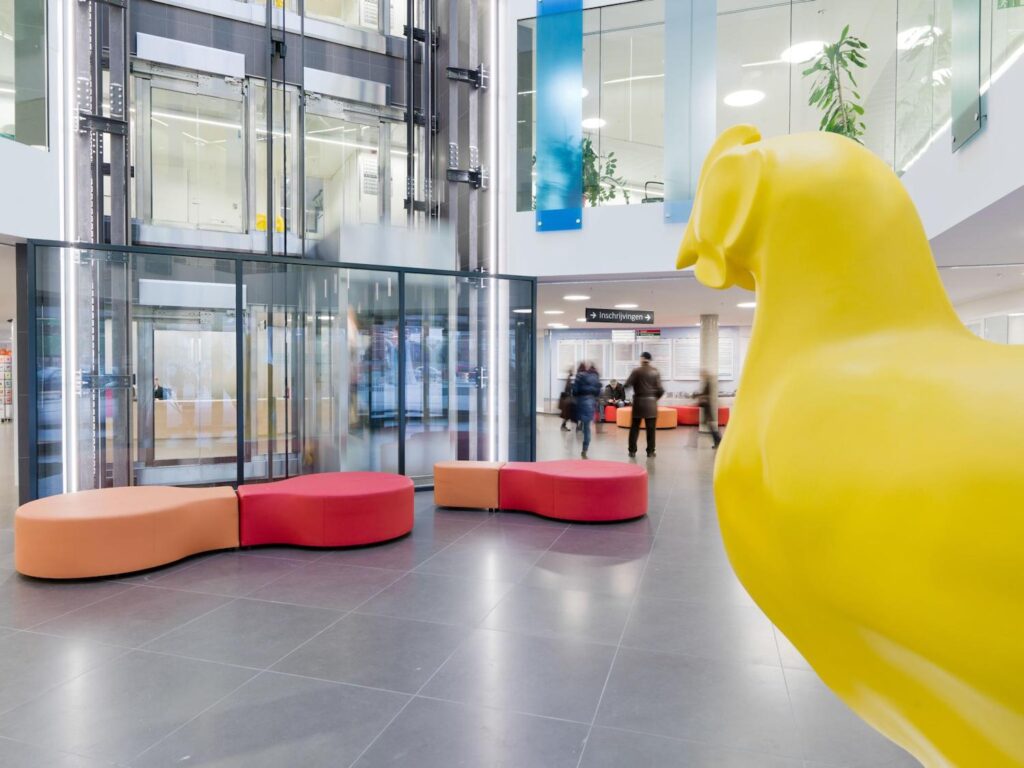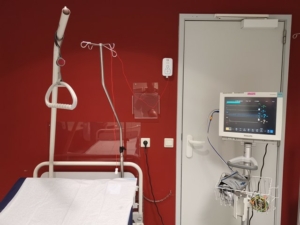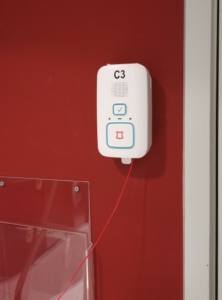The works of art you see in a museum are usually only a small part of the entire collection. The remaining works are stored in their inventory or have been loaned to other museums. The fact that they do not hang in plain sight does not prevent them from needing to be managed and inventoried just as much. To simplify that process and make it more reliable, the Royal Museums of Fine Arts of Belgium (RMFAB) in Brussels turned to Simac PHI DATA. The RMFAB, founded in 1801 by Napoleon, is a federal institution and belongs to the Belgian Science Policy Office (BELSPO).
The RMFAB has altogether 20,000 works of art from the 15th century to the present (paintings, sculptures, drawings, etc.) and is composed of several museums: Magritte Museum, Fin-de-sciècle Museum, Old Masters Museum, Meunier Museum and the Wiertz Museum. Based on the number of annual visitors, the RMFAB is the largest museum in Belgium.

The total collection is invaluable and should be managed properly. Taking an annual inventory, by the way, is a legal requirement. Many of the inventory processes are still manual (first on sheets, now in spreadsheets), but as part of the modernisation of the entire IT system (infrastructure, bureaucracy, tooling), this is changing. “Keeping an inventory manually is not only error-prone, but also very time-intensive, and therefore expensive,” says IT manager Benoît Lécaillier of the RMFAB. “Moreover, the works will have to be rescheduled in the near future due to planned renovations.”
Simple, reliable and secure inventory
When choosing to digitalise the inventory, simplicity, reliability and security were paramount. So the museums ended up with Simac PHI DATA, which provided a total solution consisting of RFID tags, mobile RFID readers, fixed antennas and the software IDasset®. Simac PHI DATA came out on top in a market survey.
Criteria included building a long-term relationship with the supplier, a favourable cost and the user-friendliness of the solution. “The solution must be easy to use by collection custodians, the data must be reliable, and the data must be able to be secured,” says Benoît Lécaillier. “Only the four collection custodians and the curators are allowed to know where a work is in storage, so that information may only be consulted by them.”
Thanks to IDasset®, RMFAB knows not only where a work is in storage, but also when and where they were moved. “Contrary to what one might think, a lot of things move in a museum,” says Francisca Vandepitte, who, as curator of modern art at RMFAB, is responsible for all the paintings and sculptures from between 1900 and 1968, “but mainly behind the scenes. Works are loaned to other museums at home and abroad, or moved within the reserves. The idea is to be able to know instantly where an artwork is located at any time.”
All the information recorded in IDasset® is synchronised bidirectionally with the RMFAB’s own collection database, Fabritius. Simac PHI DATA was responsible for developing the interface between IDasset® and Fabritius. “Simac PHI DATA did a very thorough analysis and constantly coordinated the work with Axiell, the company that developed Fabritius. Thanks to this thorough analysis, the synchronisation works perfectly,” says Benoît Lécaillier.
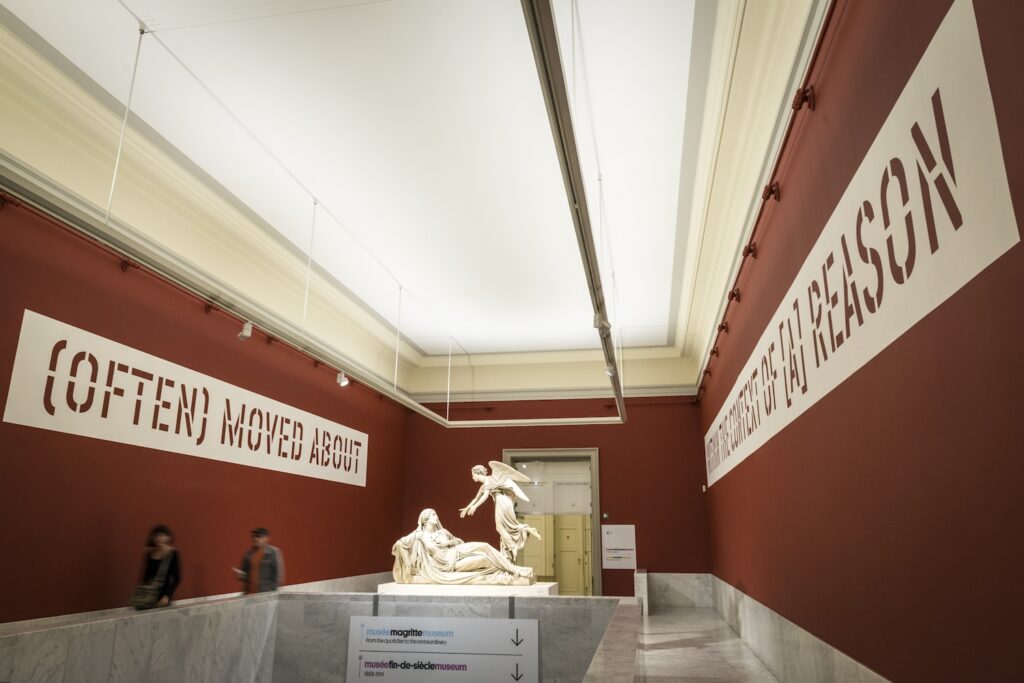
Close collaboration
The collection custodians were involved in the choice of RFID readers. All the actions they take needed to be as simple as possible to perform. They should be able to print RFID tags easily, read tags when moving artworks, and take an inventory easily. On the RFID readers, they can consult IDasset®. This allows them to quickly see whether or not an artwork is hanging in place.
The handhelds can be adjusted to read RFID tags both from a great distance (for example, for all the works hanging in one particular room) and up close, such as when the works are located in a Compactus filing cabinet. These heavy metal filing cabinets form a Faraday cage, making it impossible to scan all the works at once.
The project began with a pilot project involving some 50 works. “We chose works here that had no inventory problems,” says Francisca Vandepitte. “We mainly wanted to test the functionality, without making things complex by starting with all kinds of exceptions.” The pilot project allowed the RMFAB to test the application in different conditions, determine exactly where the tags could be applied, and verify that synchronisation worked properly.
At the same time, based on this test, procedures were further modified to reduce the number of operations. The collection custodians also asked to be able to put different information on the RFID tags than originally envisioned. These improvements make it easy to inventory the rest of the collection. In time, other functionality may be added. “That’s futuristic,” says Benoît Lécaillier, “we wanted above all to start with a simple and feasible solution and not make anything too complex.”
One of the results that will be seen the quickest when all the works are tagged is taking the annual inventory. “This is work that takes several months right now,” as Francisca Vandepitte knows. “The collection custodians have to perform that inventory on top of their regular work, so that takes up a lot of time. I suspect we will soon be able to talk about weeks instead of months, thanks to RFID tags and IDasset®.”
Real partnership
“We worked extremely well with Simac PHI DATA,” says Benoît Lécaillier. “We couldn’t be more satisfied with their project management and the quality of their solution. They made sure everything was progressing well. They listened carefully to our needs and based their advice on that. Simac PHI DATA helped us ensure that it didn’t become a purely technical project, but that some real thought was given to how users could work optimally with the solution. “
“It is very important to be able to work together as true partners and consult with each other a great deal. A museum is a very complex entity. No-one knows our context better than ourselves, so you have to be able to work with a partner who is open to this specificity and takes it into account when developing the project,” says Benoît Lécaillier.
Francisca Vandepitte is also very pleased with the collaboration with Simac PHI DATA. “I’m involved in this project as an art historian, so I’ve learned a lot in the meantime. What I especially liked about the collaboration is that the engineers spoke an understandable language, without any specific jargon. I never felt uncomfortable during any conversations with Simac PHI DATA, hence how we were able to make rapid progress in joint dialogue. Simac PHI DATA was also always reachable, available and willing to answer questions,” concludes Francisca Vandepitte.


